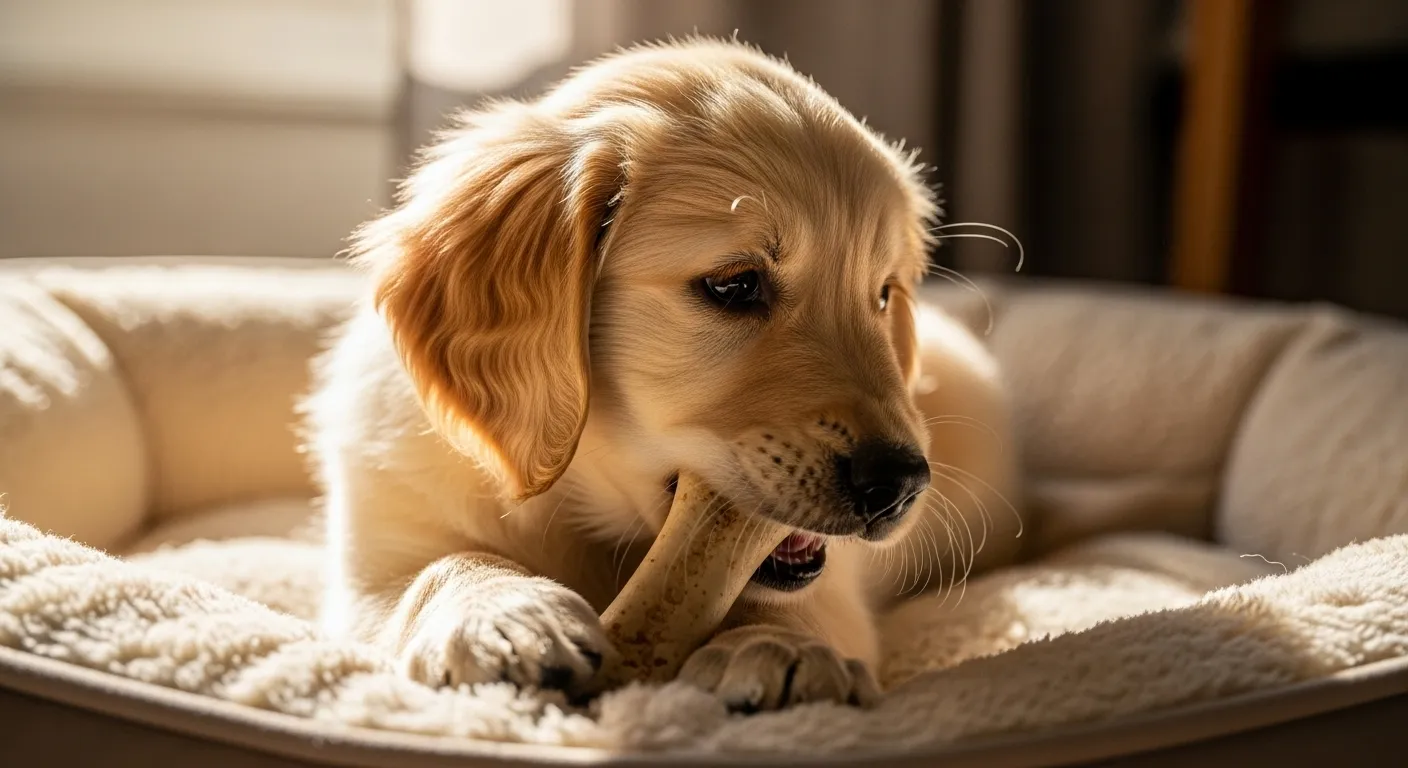
When You Have to Leave: Making Alone Time Safe and Positive
Even the most attached pet needs to learn how to be comfortable on their own. Creating a positive and predictable routine around your departures can transform their experience of alone time from something to be feared into something to be tolerated, or even enjoyed.
Create a Sanctuary Space
Designate a safe, comfortable area where your pet will stay when you’re gone. This could be a crate, an exercise pen, or a single pet-proofed room with a baby gate. The key is to make this space a wonderful place to be, not a prison. Feed them their meals in this space. Give them special toys they only get in this space. Never, ever use it for punishment. With positive associations, it becomes their personal den—a place of safety and security.
Mastering the Art of Counterconditioning
For pets with mild anxiety about being left alone, we can use a technique called counterconditioning. The goal is to change their emotional response to your departure from “Oh no, they’re leaving!” to “Oh boy, I’m about to get my favorite thing!”
This is done by pairing your departure with something the pet absolutely loves and gets at no other time. This needs to be a super high-value item, like a puzzle toy stuffed with peanut butter, yogurt, or wet food and then frozen. This treat should be long-lasting, taking them at least 15-20 minutes to finish.
A Worked Mini-Example: The “Goodbye” Treat
1. Preparation: Prepare several stuffed food toys and keep them in your freezer. You want them ready to go at a moment’s notice.
2. The Routine: When you are ready to leave, calmly go to the freezer, take out one of the special toys, and give it to your pet in their designated safe space.
3. The Exit: As soon as they are engaged with the toy, leave quietly. Don’t say anything. The toy signals your departure.
4. The Return: When you get home, put the special toy away, even if they haven’t finished it. This maintains its high value and its association with you being gone.
Over time, your pet will start to see you picking up your keys and putting on your coat not as a sign of impending doom, but as a predictor of a delicious, engaging treat. This can significantly reduce their anxiety.
Practice Makes Perfect: Gradual Departures
For pets with more significant fear, you need to start smaller. The goal is to leave for such a short period that they don’t have time to panic. Start by just walking to the door and coming back. Then, step outside for one second and come back in. Slowly, over many sessions, increase the duration: five seconds, thirty seconds, two minutes. The pace is dictated by your pet; if they show signs of stress, you’ve gone too fast. Go back to the last duration where they were successful. This process, known as desensitization, requires a lot of patience but is a cornerstone of treating separation-related issues.
A Critical Safety Note: Always pet-proof the area where your animal will be left alone. Secure electrical cords, put away cleaning supplies, ensure trash cans are inaccessible, and remove any toxic plants or human foods. For more information on household hazards, the ASPCA offers comprehensive guides on pet safety.














